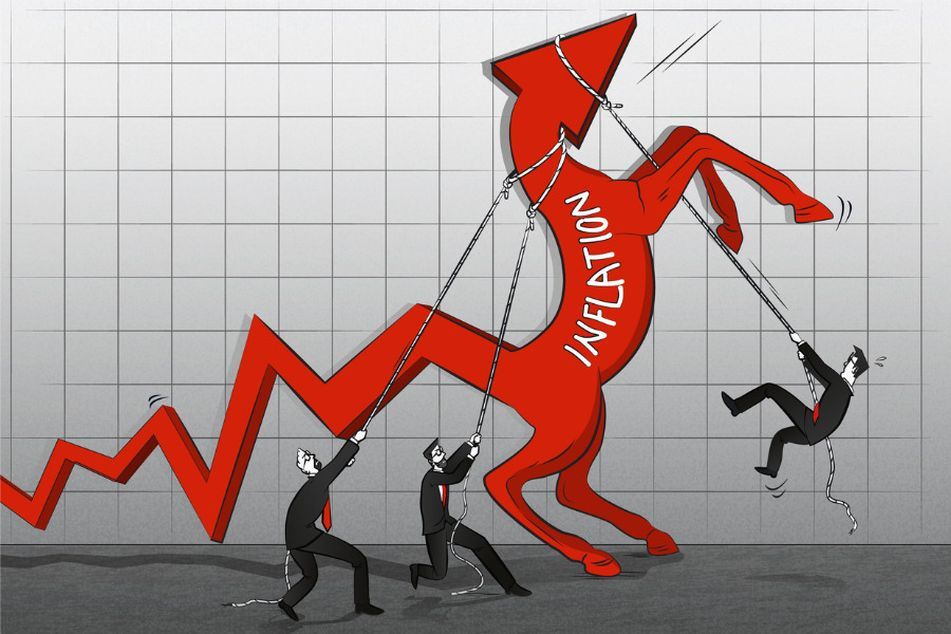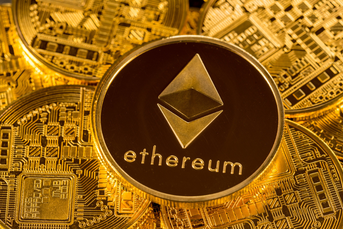Broad cooling of inflation brings more hope for Fed rate cuts

May data show second straight monthly slowdown in key CPI metric in positive surprise for policymakers.
A key measure of underlying US inflation stepped down for a second month in May, a pleasant surprise for Federal Reserve officials looking for signs that they can start to lower interest rates.
The so-called core consumer price index — which excludes food and energy costs — climbed 0.2% from April, Bureau of Labor Statistics figures showed. The year-over-year measure rose 3.4%, cooling to the slowest pace in more than three years, according to data out Wednesday.
Economists see the core gauge as a better indicator of underlying inflation than the overall CPI. That measure was flat from the prior month — the tamest in almost two years, dragged down by cheaper gasoline — and 3.3% from a year ago.
| Metric | Actual | Estimate |
| CPI MoM | 0.00% | 0.10% |
| Core CPI MoM | 0.20% | 0.30% |
| CPI YoY | 3.30% | 3.40% |
| Core CPI YoY | 3.40% | 3.50% |
The figures, taken with the deceleration in the core CPI in April, may represent the early stages of inflation resuming a downward trend. But policymakers have stressed that they’d need to see several months of price pressures receding before they consider lowering interest rates, especially with the latest jobs report reigniting the debate over how restrictive policy actually is.
The report lands just hours before the Fed is set to conclude its two-day policy meeting in Washington, where officials are widely expected to keep rates at a two-decade high for a seventh straight time. Officials can still adjust their quarterly economic projections depending on what the CPI data show, which Chair Jerome Powell said has happened before when major data are released mid-meeting.
Stock futures and Treasuries rallied across the curve, pushing both two-year and 10-year yields down about 14 basis points. Traders all but fully priced in two rate cuts by the Fed this year, with the first move coming in November.
While the figures are reported to one decimal point by the BLS, officials have been increasingly drawing the numbers out further to get a more comprehensive picture of the direction inflation is headed. On a two-decimal basis, core CPI rose 0.16%.
Policymakers also stress that a single month of data doesn’t make a trend. Core CPI over the past three months increased an annualized 3.3%, down from 4.1% in April’s calculation.
Housing Inflation
Shelter prices, which is the largest category within services, climbed 0.4%, more than offsetting the decline in gasoline, BLS said. Owners’ equivalent rent — a subset of shelter, which is the biggest individual component of the CPI — advanced at a similar pace.
Excluding housing and energy, services prices were largely unchanged from April, the weakest since September 2021, according to Bloomberg calculations. While central bankers have stressed the importance of looking at such a metric when assessing the nation’s inflation trajectory, they compute it based on a separate index.
That measure, known as the personal consumption expenditures price index, doesn’t put as much weight on shelter as the CPI does. That’s part of the reason why the PCE is trending closer to the Fed’s 2% target.
Learn more about reprints and licensing for this article.








